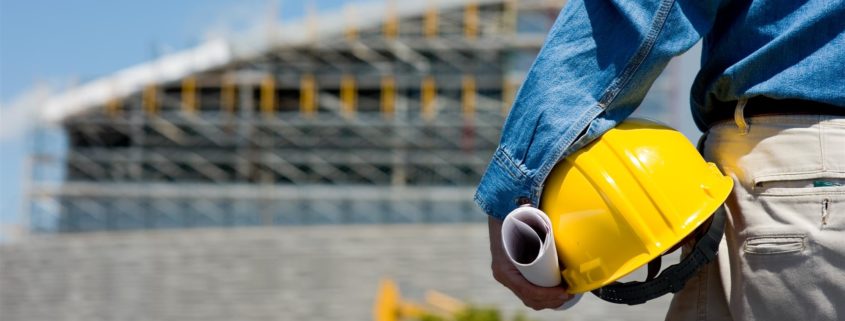The Americans with Disabilities Act (ADA) was established in 1990. It was passed to prohibit discrimination for persons with disabilities and to allow them access to specific areas that were previously problematic. These included areas such as employment, medical care, education, and government buildings. It also allowed them to use various forms of transportation and required different agencies to accommodate these disabilities as overseen by the Department of Justice.
One of the major parts of the act was the physical access requirements of all public buildings. This part of the act established ADA detectable warning requirements for all points where pedestrians would encounter traffic or doorways that could inhibit a person with visual disabilities. With there being over 500,000 persons in the United States currently suffering some type of visual disability, this was imperative to allow them to receive use of the public transportation system.
The ADA also prohibited places used by the public to discriminate against persons with disabilities. This included places such as hotels, restaurants, retail merchants, and doctor’s offices. The businesses must make “reasonable accommodations” for these persons, including ensuring their safety with detectable warning systems, including visual, audial, and/or tactile.
It even has provisions requiring close captioning for all federally funded public service announcements, so persons with hearing disabilities can benefit from the announcement. Additionally, it has required telephone companies to provide telecommunications for persons with hearing or speech disabilities.
To find out more about the requirements and regulations of the ADA, and how it relates to your business and tactile warning systems, please call ADA Tile today at 800-372-0519.






